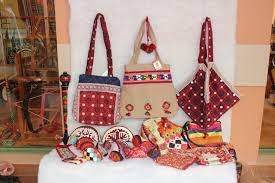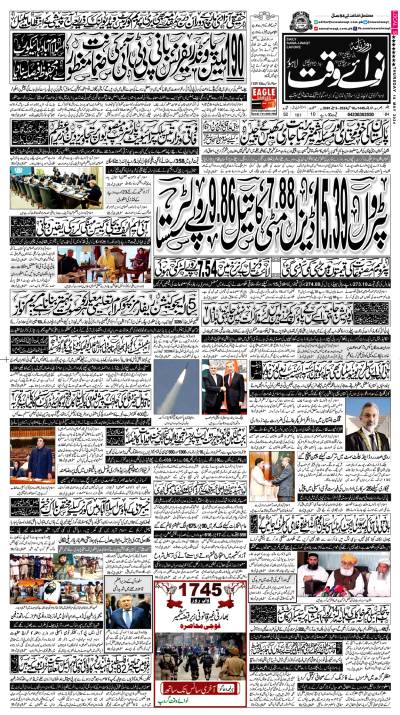Sindh is contributing handsomely to the export of handicrafts as well as the rural economy by creating business opportunities for the people, especially the women, reports WealthPK.
Sindh is the main hub of handicrafts in Pakistan, as around 80 percent of handicrafts are made in this province. Most of the products are delivered to Karachi and Lahore.
Handicrafts are mainly understood as artisanal work and sometimes called artisan work. It is a type of work through which various beautiful things are made by hand, using simple tools.
Handicrafts are a powerful expression of the skills and creativity of artisans from various regions of the country. Sindh is one of the provinces of Pakistan known in the world for its different handicrafts and arts. It is rich in the heritage of traditional handicrafts that traverses the centuries.
Talking to WealthPK, Director of the Handicrafts Wing of Sindh Small Industries Corporation Manzoor Solangi said handicrafts were also a livelihood for the women. Mainly, women are engaged in the production of handicrafts, but their contribution is not recognized because Pakistani women are still fighting for their equal access to resources and opportunities.
"There are two purposes behind the production of handicrafts in Sindh. First, it is tradition; second, it is economic. A developed handicrafts sector in Sindh can guarantee a handsome contribution to the GDP, investment opportunities, enhanced foreign exchange earnings, cultural preservation, entrepreneurial development, and alleviation of poverty," Solangi said.
He said Sindh was bestowed with artisans who were adept in texturing and elegant handicrafts, which had a lucrative global demand, and the only thing needed was to ensure that the production was done in a systematic and cost-effective way.
"Most of the exporters are based in Karachi. Consequently, small-scale handicrafts in different regions are unable to get attention. The exporting hubs should be uniformly distributed at regional locations to promote and facilitate the localized artisans," said Solangi.
He also suggested pragmatic legislation, regularized supply of high-quality inputs, and provision of small and medium-term loans to the local production units by the banks and DFIs. Corporate exhibitions and fairs can market handicrafts both at the domestic and global level, he added.






